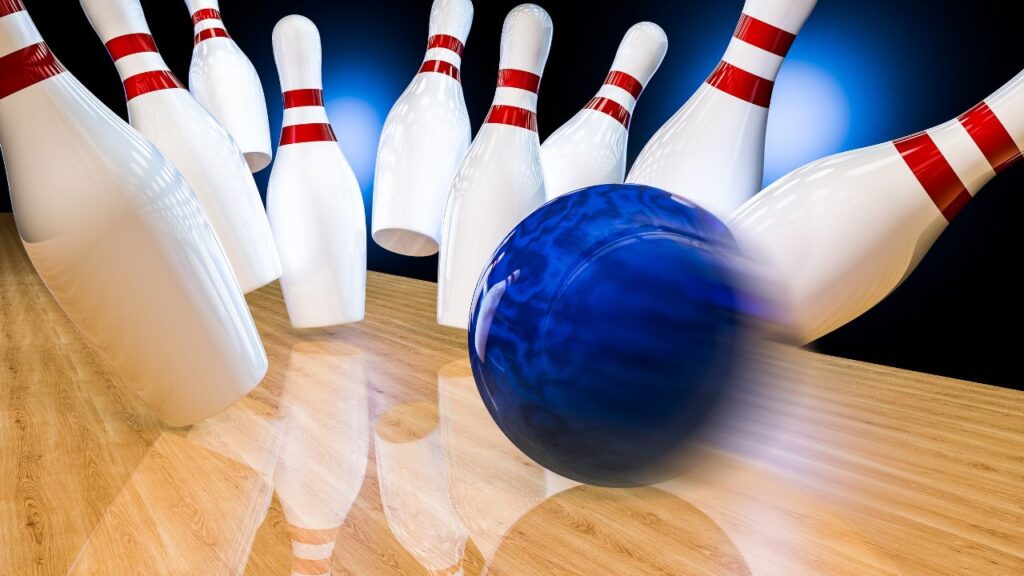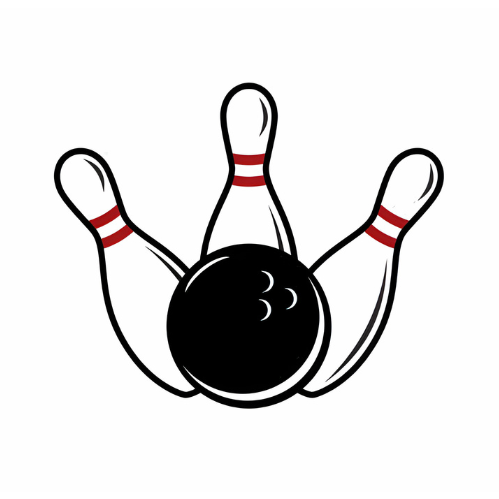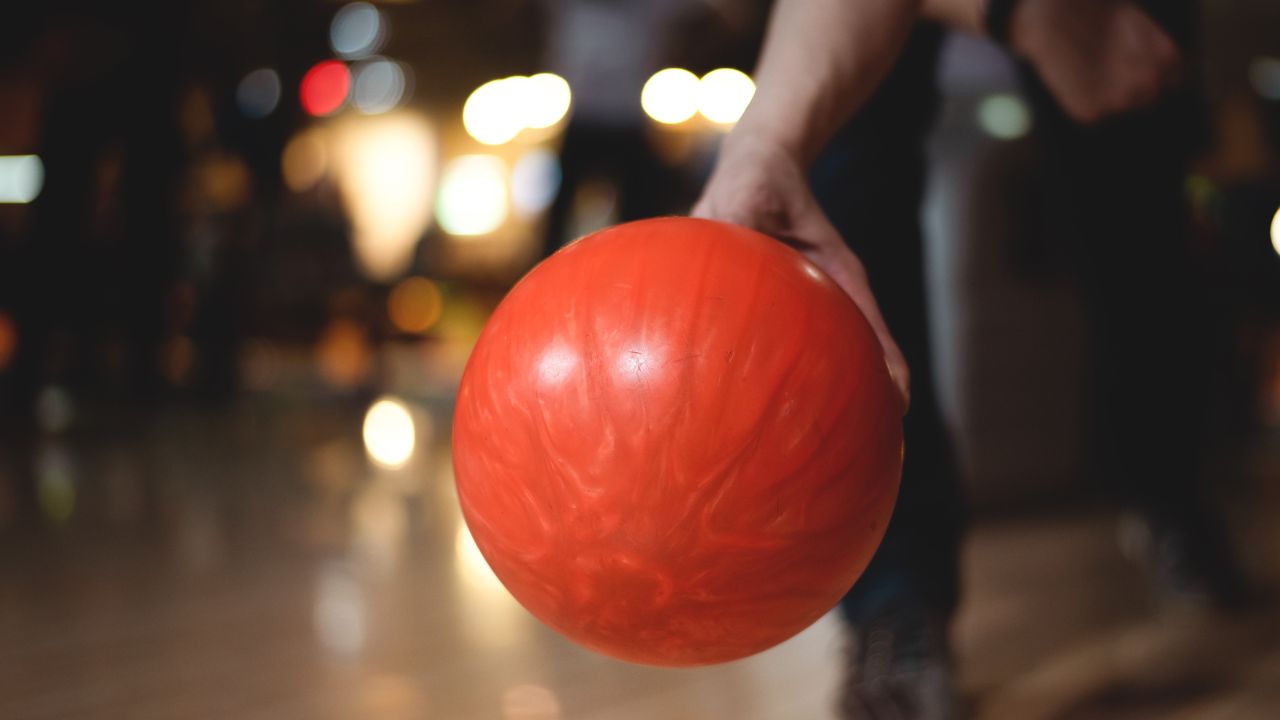Bowling balls can definitely break. Bowling balls are tough, but they can still be damaged from regular use and mishandling. Bowlers of all levels understand how vital high-quality, well-maintained equipment is for optimal performance.
Bowling balls are no exception to this rule, but they’re subject to a great deal of wear and tear. Bowling balls can break as a result of being dropped, thrown, or hit against hard surfaces. Extensive use can also cause cracks and fractures. Even slight damage to a ball can have a significant impact on its performance.
It’s critical to check your ball for any signs of damage and get it repaired or replaced if it’s compromised. In this article, we will explore the causes of bowling ball breakage and offer tips on how to prevent and repair damaged bowling balls.

The Myth Of Indestructible Bowling Balls: Separating Fact From Fiction
Bowling balls are made of durable materials, but they are not indestructible. In fact, bowling balls can break if they are mistreated or exposed to extreme conditions. Contrary to popular belief, even the heaviest bowling balls can crack, shatter or split if they are not cared for correctly.
The science behind ball construction and performance is complex, but it’s important to understand that these balls have limits. Debunking the myth of unbreakable bowling balls is crucial for every bowler to know. By properly maintaining and storing your bowling ball, you can extend its lifespan and ensure better performance on the lanes.
The Anatomy Of A Bowling Ball: What It’s Made Of
Bowling balls are generally believed to be unbreakable. However, that is not entirely true. The core characteristics of the ball can affect its durability. Plastic balls are less durable than reactive resin ones. The coverstock composition also determines the strength of the ball.
Identifying the necessary properties can help bowlers select the best ball for their skill level and maintain it properly. It’s important to keep in mind that even the strongest bowling ball can break if it’s mistreated or not maintained properly.
Therefore, bowlers must take care of their equipment to ensure a long life span and prevent undesirable accidents from happening. Keeping the balls clean and stored correctly will help maintain their quality and prevent them from breaking.
Forces At Play: Understanding The Impact On Bowling Balls
Bowling balls can break due to the forces at play during a game. When a bowling ball collides with hard surfaces like concrete, wood, or synthetic lanes, it experiences a significant impact that can cause it to break. The weight and speed of the ball also play a crucial role in determining its ability to withstand such impacts.
The force of gravity pulling down on the ball and its momentum as it moves down the lane can also contribute to its ability to withstand such impacts. Bowling balls can break due to a variety of factors, including the forces at play during a game, the type of surface they collide with, and their weight and speed.
Bowling enthusiasts should always be aware of these factors to extend the lifespan of their bowling balls.
Demystifying “Durable” Bowling Balls: Are They Indestructible?
Bowling balls are known for their durability, but are they truly indestructible? Modern technology has made balls more resilient than ever before, but even they have limits. Signs of wear and tear, such as cracks or chips, can significantly weaken a ball’s performance and pose a safety hazard.
It’s essential to regularly inspect and replace your ball if necessary to avoid injury or damage to the ball. While today’s bowling balls are built to withstand a significant amount of force, they are not immune to breaking. Even the most robust balls can fail under certain circumstances, such as impacts or extreme temperatures.
Ultimately, it’s vital to remember that bowling balls are not indestructible, but with proper care and attention, they can last for many games to come.
FAQs
Can A Bowling Ball Break During A Game?
Yes, a bowling ball can break during a game due to several reasons such as material fatigue, cracks, or fractures in the ball. However, it is a rare occurrence, and most quality bowling balls are built to last a long time under normal use.
How Often Should I Replace My Bowling Ball?
It depends on how often you use your ball and if you notice any signs of wear and tear or damage. Generally, a high-quality bowling ball can last up to 10 years or more if you take good care of it.
However, if you bowl frequently, it might be wise to replace the ball every two years or so.
What Are The Signs Of A Damaged Bowling Ball?
Signs of a damaged bowling ball can include visible cracks or fractures, wobbling during bowling, and lack of hooking. You might also experience a reduction in hitting power or an unusual impact sound. If you suspect any damage, it’s best to replace the ball or get it inspected by a professional bowler.
Conclusion
After reading this blog post, you now know that bowling balls can break from repeated use or from a single impact. It is essential to check your bowling ball regularly for any cracks or damage and replace it immediately if you find anything.
Investing in a high-quality bowling ball and taking care of it properly can help prolong its lifespan and reduce the risk of it breaking. However, accidents can happen, and it’s crucial to ensure your safety while playing. If you notice a broken ball, stop using it immediately and notify the staff.
Hopefully, this blog post has cleared up any confusion and provided valuable information to help you make informed decisions about your bowling equipment. Keep bowling safely and enjoy the game!

